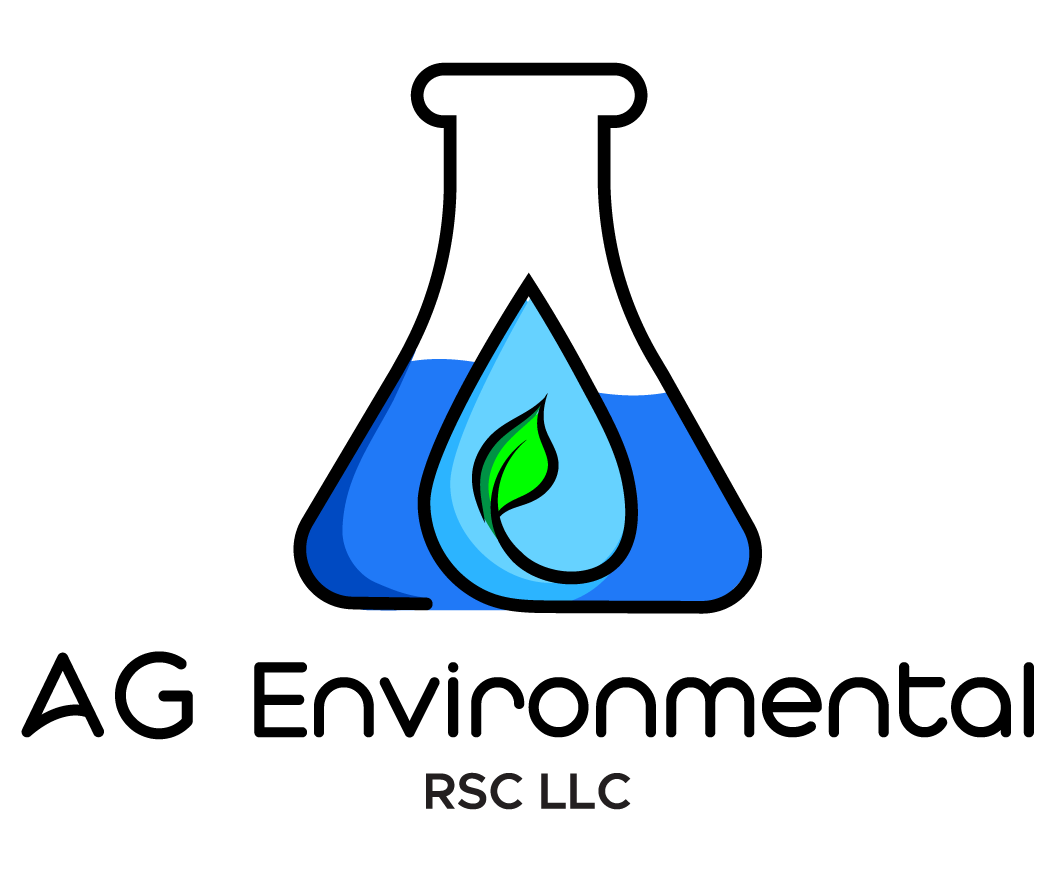Prevention and Treatment of PFAS Chemicals
Per- and polyfluoroalkyl substances (PFAS) are a group of man-made chemicals that have been widely used in various industrial and consumer products since the 1940s. Known for their resistance to heat, water, and oil, PFAS are found in items such as non-stick cookware, water-repellent clothing, stain-resistant fabrics, and firefighting foams. Despite their beneficial properties, PFAS have become a significant environmental and public health concern due to their persistence in the environment and potential adverse health effects. Let’s explore the dangers of PFAS, the importance of water testing, and how water testing labs play a crucial role in preventing and treating PFAS contamination.
Water Lab Testing for PFAS chemicals
The Dangers of PFAS
PFAS are often referred to as "forever chemicals" because they do not break down easily and can accumulate over time in the environment and human body. Studies have shown that exposure to certain levels of PFAS can lead to various health problems, including:
1. Cancer: Some PFAS have been linked to an increased risk of certain cancers, such as kidney and testicular cancer.
2. Liver Damage: PFAS can cause liver damage, affecting the organ's ability to function properly.
3. Immune System Effects: PFAS exposure can weaken the immune system, reducing the body's ability to fight infections.
4. Hormonal Disruption: These chemicals can interfere with hormonal systems, potentially leading to reproductive and developmental issues.
5. Cholesterol Levels: PFAS exposure has been associated with increased cholesterol levels, contributing to cardiovascular diseases.
Sources of PFAS Contamination
PFAS can enter the environment through various channels, including:
1. Industrial Discharges: Factories that manufacture or use PFAS in their processes can release these chemicals into the air, water, and soil.
2. Consumer Products: Everyday items treated with PFAS, such as non-stick cookware and waterproof clothing, can leach chemicals into the environment.
3. Firefighting Foams: PFAS-containing foams used to extinguish fires can contaminate nearby water sources.
4. Waste Management: Improper disposal of PFAS-containing products and industrial waste can lead to contamination of landfills and water bodies.
The Importance of Water Testing
Given the widespread use and persistence of PFAS, water testing is crucial for identifying and managing contamination. Testing water sources for PFAS helps in:
1. Detection: Identifying the presence and concentration of PFAS in water supplies.
2. Assessment: Evaluating the extent of contamination and potential risks to human health and the environment.
3. Regulation Compliance: Ensuring that water quality meets regulatory standards set by environmental protection agencies.
4. Public Awareness: Informing communities about PFAS levels in their water and potential health risks.
How Water Testing Labs Help
Water testing labs are essential in the fight against PFAS contamination. They provide the expertise and technology needed to accurately detect and measure PFAS in water sources. Here’s how they contribute to prevention and treatment:
1. Advanced Analytical Techniques
Water testing labs employ sophisticated analytical methods, such as liquid chromatography-tandem mass spectrometry (LC-MS/MS), to detect even trace amounts of PFAS in water samples. These techniques are highly sensitive and specific, ensuring accurate results.
2. Comprehensive Testing Panels
Labs offer comprehensive testing panels that screen for multiple PFAS compounds simultaneously. This broad approach is crucial since PFAS consist of thousands of different chemicals, each with varying health impacts.
3. Regulatory Compliance Support
Testing labs help water utilities and industries comply with regulatory requirements by providing accurate and reliable data on PFAS levels. This compliance is vital for protecting public health and avoiding legal and financial penalties.
4. Source Identification
By analyzing water samples from various points within a supply network, testing labs can help identify the sources of PFAS contamination. This information is critical for implementing targeted remediation strategies.
5. Treatment Recommendations
Based on testing results, labs can recommend appropriate treatment methods to remove PFAS from contaminated water. Common treatment options include activated carbon filtration, ion exchange, and high-pressure membranes like reverse osmosis.
Prevention and Treatment Strategies
In addition to testing, effective prevention and treatment of PFAS contamination involve multiple strategies:
1. Regulation and Policy
Governments and regulatory agencies play a key role in setting limits for PFAS in drinking water and enforcing compliance. Policies aimed at reducing industrial emissions and promoting safer alternatives to PFAS are essential.
2. Public Awareness and Education
Raising awareness about the sources and risks of PFAS can empower communities to take action. Education campaigns can encourage individuals to minimize their use of PFAS-containing products and support environmental initiatives.
3. innovation in Treatment Technologies
Ongoing research and development of new treatment technologies are vital for effectively removing PFAS from water. Innovations such as advanced oxidation processes and nanotechnology hold promise for more efficient and cost-effective solutions.
4. Collaborative Efforts
Addressing PFAS contamination requires collaboration among governments, industries, researchers, and communities. Joint efforts can lead to more comprehensive and sustainable solutions.
Conclusion
PFAS chemicals pose a significant threat to environmental and public health due to their persistence and potential adverse effects. Water testing labs are at the forefront of combating this issue, providing critical services for detecting, assessing, and managing PFAS contamination. Through advanced analytical techniques, regulatory support, and treatment recommendations, these labs play an indispensable role in ensuring safe and clean water. By combining regulatory measures, public awareness, innovative technologies, and collaborative efforts, we can effectively prevent and treat PFAS contamination, safeguarding our water resources for future generations.
Contact AG Environmental today to discuss your PFAS water testing!


